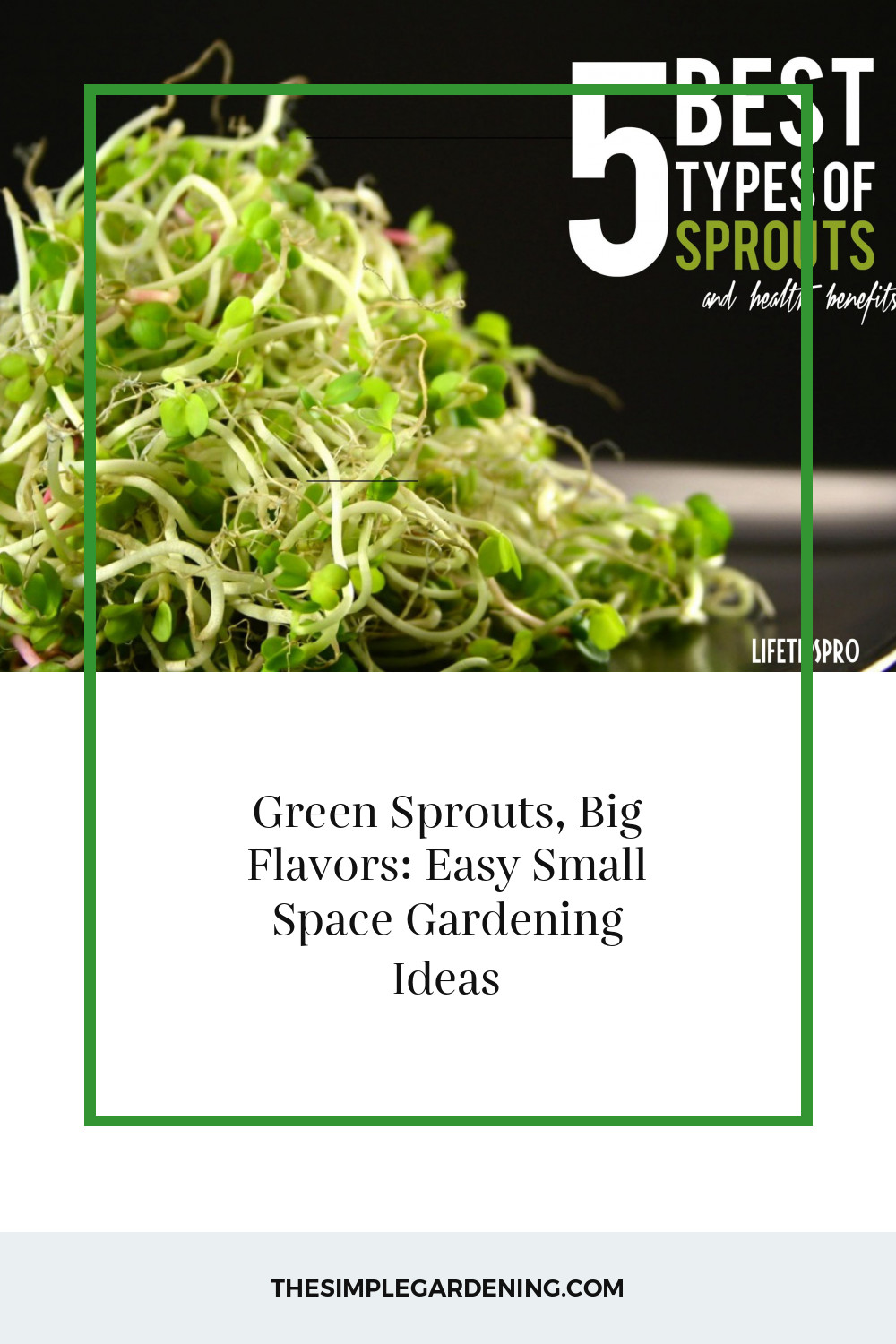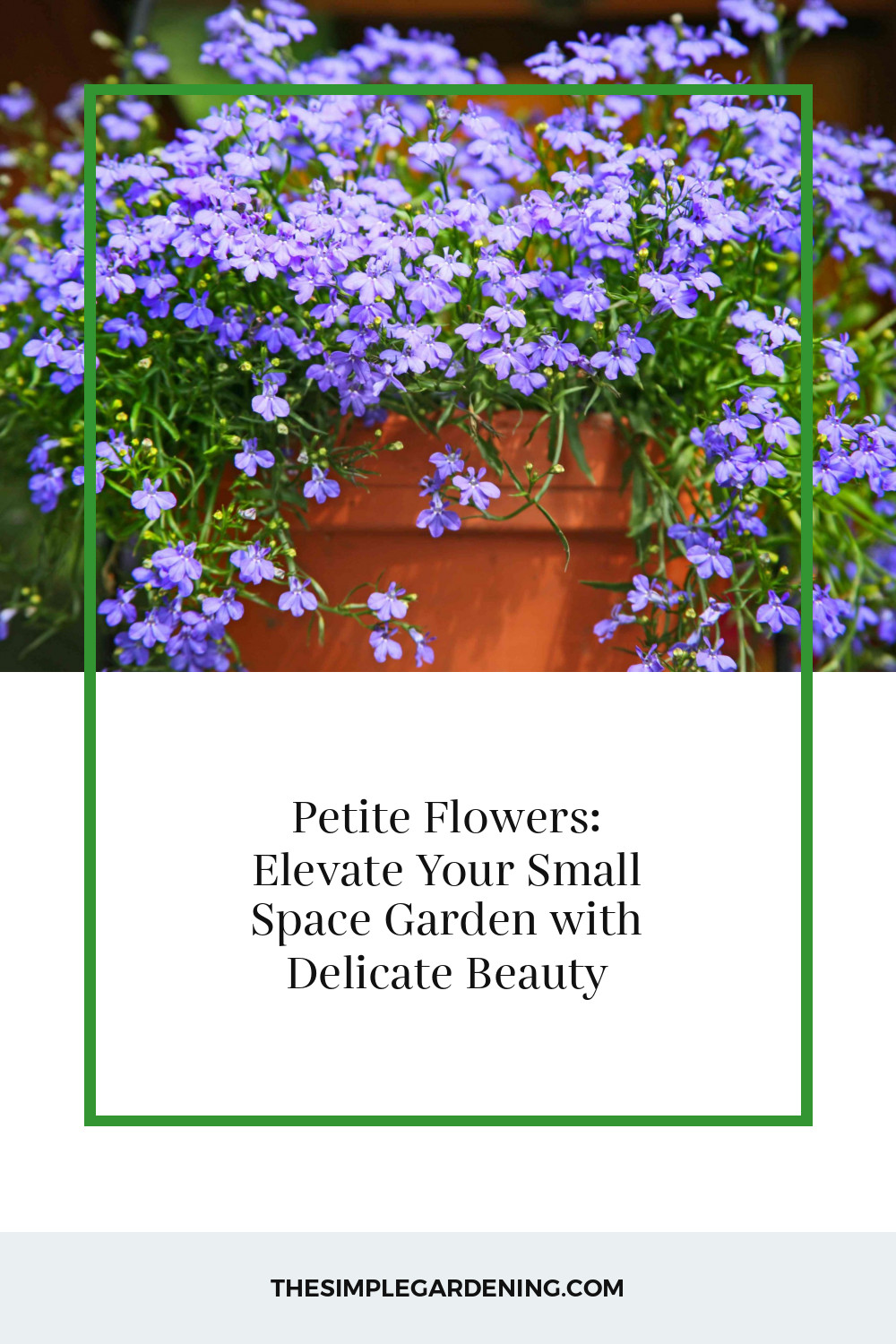Compact gardening offers a myriad of benefits, allowing urban dwellers and those with limited outdoor space to cultivate flourishing greenery. Despite its advantages, compact gardening comes with its own set of challenges, requiring strategic planning and innovative solutions to maximize every inch of available space.
| Benefits of Compact Gardening |
|---|
| 1. Enables gardening in small urban spaces, such as balconies, patios, and rooftops. |
| 2. Provides fresh produce and herbs even in limited areas. |
| 3. Creates a green oasis in urban environments, enhancing aesthetics and air quality. |
| 4. Encourages sustainability by utilizing resources efficiently. |
Compact gardening, however, poses unique challenges, including limited sunlight exposure, restricted soil volume, and space constraints. Overcoming these challenges necessitates careful consideration and creative solutions tailored to the specific needs of small-scale gardening.
Choosing the Right Location
Selecting the optimal location is paramount for the success of a compact garden. Assessing available space and considering various factors, such as sunlight exposure and water accessibility, are essential steps in this process.
| Factors to Consider When Selecting a Location |
|---|
| 1. Sunlight exposure: Choose a spot that receives adequate sunlight throughout the day, especially for sun-loving plants. |
| 2. Water access: Ensure proximity to a water source or install a convenient irrigation system to facilitate watering. |
| 3. Space constraints: Opt for areas with sufficient space to accommodate containers or vertical structures without overcrowding. |
Assessing the available space involves measuring dimensions and considering the layout of the area. Additionally, factors such as microclimates and environmental conditions should be taken into account to ensure optimal plant growth and health.
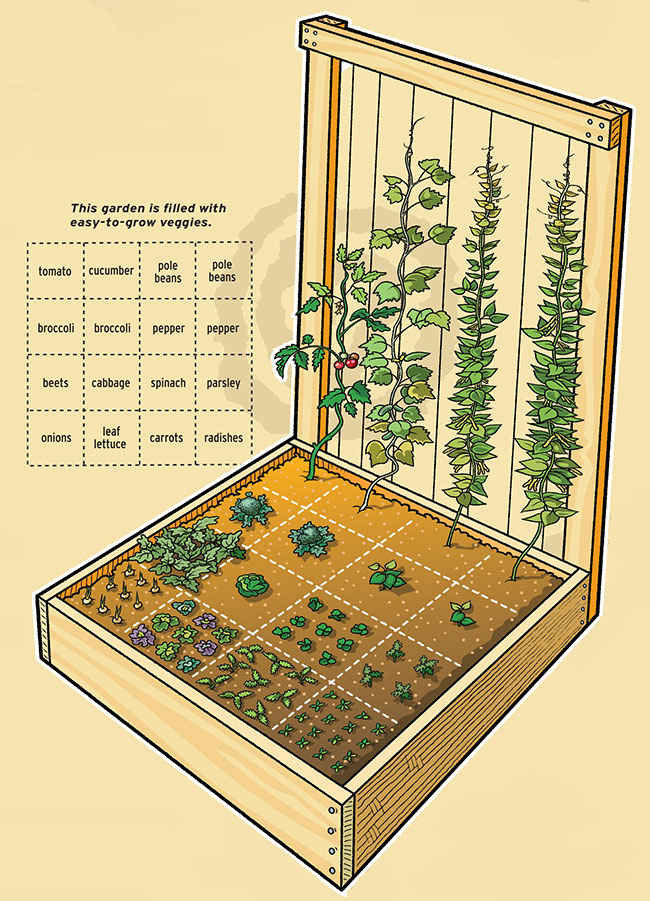
Source Image: scoutlife.org
Container Selection and Placement
Containers play a pivotal role in compact gardening, offering versatility and mobility for cultivating plants in small spaces. Choosing the right containers and strategically placing them maximize sunlight exposure and aesthetic appeal.
| Types of Containers Suitable for Small Spaces |
|---|
| 1. Hanging planters: Ideal for vertical gardening, hanging planters utilize vertical space efficiently, allowing for cascading plants or herbs. |
| 2. Window boxes: Perfect for narrow ledges or balconies, window boxes provide a charming display for ornamental flowers or herbs. |
| 3. Raised beds: Constructed above ground, raised beds offer ample space for growing vegetables, herbs, or flowers while minimizing strain on the back. |
When placing containers, consider factors such as sunlight exposure, wind protection, and accessibility for watering and maintenance. Grouping containers with similar watering needs together streamlines maintenance tasks and fosters a cohesive aesthetic.
Selecting Plants for Compact Gardens
Choosing the right plants is crucial for maximizing space and yield in compact gardens. Opting for dwarf and compact varieties of vegetables, herbs, and flowers allows for intensive planting and efficient use of available space.
| Dwarf and Compact Varieties Suitable for Compact Gardens |
|---|
| 1. Tomatoes: Choose determinate tomato varieties, such as ‘Patio’ or ‘Tiny Tim,’ which are compact and suitable for container gardening. |
| 2. Herbs: Select compact herb varieties like basil, thyme, and chives that thrive in small pots or window boxes. |
| 3. Flowers: Opt for compact flowering plants such as marigolds, petunias, and pansies to add color and beauty to your compact garden. |
Incorporating companion planting techniques, such as interplanting compatible species or utilizing vertical space for vining plants, maximizes yield and promotes natural pest control.
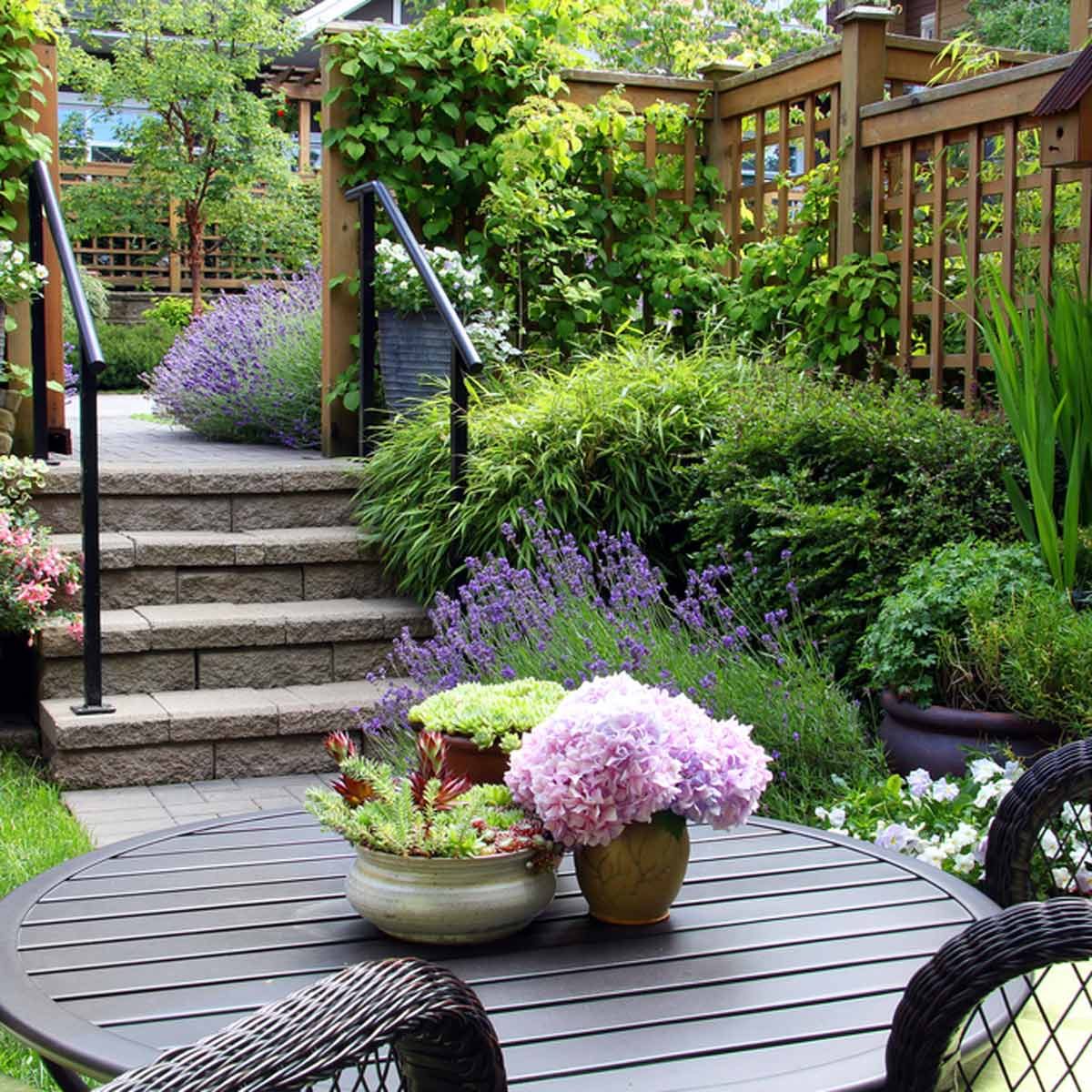
Source Image: www.familyhandyman.com
Vertical Gardening Techniques
Vertical gardening offers a space-efficient solution for expanding growing areas in compact gardens. By utilizing walls, fences, and trellises, gardeners can cultivate a variety of plants while minimizing ground space usage.
| Utilizing Walls, Fences, and Trellises for Vertical Growing |
|---|
| 1. Wall-mounted planters: Install wall-mounted planters or vertical garden systems to grow herbs, succulents, or trailing plants vertically. |
| 2. Trellises and arbors: Train vining crops like cucumbers, peas, and beans to climb trellises or arbors, maximizing vertical space utilization. |
| 3. Vertical pallet gardens: Repurpose pallets as vertical planters, providing a customizable and economical solution for small-space gardening. |
Building vertical structures or utilizing pre-made options such as tiered plant stands or hanging baskets enhances visual interest and adds dimension to compact garden spaces.
Soil Preparation and Maintenance
Proper soil preparation and maintenance are essential for ensuring healthy plant growth in compact gardens. Choosing the right soil mix and implementing strategies to maintain soil health are critical steps in this process.
| Tips for Maintaining Soil Health in Limited Space |
|---|
| 1. Use lightweight potting mixes: Select potting mixes specifically formulated for container gardening, ensuring proper drainage and aeration. |
| 2. Incorporate organic matter: Amend container soil with compost, aged manure, or worm castings to enrich nutrients and improve soil structure. |
| 3. Implement mulching: Apply mulch to container surfaces to conserve moisture, suppress weeds, and regulate soil temperature. |
Regular soil monitoring, including pH testing and nutrient analysis, helps identify deficiencies or imbalances, allowing for timely corrective measures to be taken.

Source Image: www.littleyellowwheelbarrow.com
Watering and Irrigation Systems
Efficient watering is essential for the health and vitality of plants in compact gardens. Implementing DIY irrigation systems or utilizing smart watering techniques ensures optimal moisture levels while conserving water resources.
| DIY Irrigation Options for Containers and Vertical Gardens |
|---|
| 1. Drip irrigation: Install drip irrigation systems or DIY drip lines to deliver water directly to plant roots, minimizing water wastage and evaporation. |
| 2. Self-watering containers: Utilize self-watering containers equipped with reservoirs to provide consistent moisture levels to plants, reducing the need for frequent watering. |
| 3. Watering timers: Use watering timers or moisture sensors to automate watering schedules, ensuring plants receive adequate moisture without overwatering. |
Additionally, grouping plants with similar watering needs together simplifies irrigation management and promotes water efficiency.
Maximizing Sunlight
Optimizing sunlight exposure is crucial for the growth and development of plants in compact gardens. Strategic positioning and utilizing reflective surfaces enhance light availability, ensuring healthy plant growth.
| Strategies for Positioning Plants to Optimize Sunlight Exposure |
|---|
| 1. Observe sunlight patterns: Monitor sunlight exposure throughout the day to identify areas with optimal light intensity for different plant requirements. |
| 2. Rotate containers: Regularly rotate containers to ensure all sides of the plants receive adequate sunlight, preventing uneven growth or shading. |
| 3. Use reflective surfaces: Place reflective materials such as mirrors or white walls strategically to bounce sunlight onto shaded areas, maximizing light penetration. |
Shade-tolerant plants can be positioned in areas with less direct sunlight, while sun-loving plants should be placed in prime locations with ample sunlight exposure.

Source Image: pimphomee.com
Compact Garden
Creative Space-Saving Ideas
Innovative space-saving solutions allow gardeners to make the most of limited areas, transforming even the smallest spaces into thriving green sanctuaries. Utilizing hanging planters, window boxes, and integrating edible plants into ornamental displays are just a few creative strategies to maximize space utilization.
| Creative Space-Saving Ideas for Compact Gardens |
|---|
| 1. Hanging planters: Hang baskets or containers from overhead structures or hooks, maximizing vertical space while adding visual interest. |
| 2. Window boxes: Install window boxes along exterior windowsills or balcony railings to create a picturesque display of flowers, herbs, or trailing plants. |
| 3. Edible landscaping: Incorporate edible plants such as lettuces, strawberries, and dwarf fruit trees into ornamental flower beds or landscaping features, combining beauty with functionality. |
These space-saving ideas not only optimize space but also enhance the aesthetic appeal of compact gardens, turning them into inviting outdoor retreats.
Composting in Small Spaces
Composting is an integral part of sustainable gardening, enriching soil fertility and reducing waste. Despite space constraints, gardeners can implement small-scale composting methods to recycle organic matter and enhance soil health in compact gardens.
| Small-Scale Composting Methods for Compact Gardens |
|---|
| 1. Vermicomposting: Set up a worm bin using a plastic container or specialized vermicomposting system to compost kitchen scraps and garden waste efficiently. |
| 2. Bokashi composting: Utilize airtight Bokashi bins to ferment organic matter anaerobically, producing nutrient-rich compost in a compact space without foul odors. |
| 3. Trench composting: Bury compostable materials directly into garden beds or containers, allowing them to decompose naturally and enrich the soil over time. |
By incorporating composting into small-scale gardening practices, gardeners can reduce their environmental footprint and cultivate healthier, more productive gardens.
/wood-deck-raised-gardens-6c73553c-9cd6ac30c3dc4cdf9d27373743caeff8.jpg)
Source Image: www.bhg.com
Pest and Disease Management
Managing pests and diseases is essential for maintaining plant health and productivity in compact gardens. Identifying common garden pests and implementing organic pest control methods tailored to confined spaces are key strategies for preventing damage and promoting plant resilience.
| Organic Pest Control Methods Suitable for Confined Spaces |
|---|
| 1. Companion planting: Interplant pest-repellent herbs such as basil, marigolds, and mint among susceptible crops to deter pests and attract beneficial insects. |
| 2. Neem oil spray: Use neem oil, a natural insecticide derived from the neem tree, to control aphids, mites, and other common garden pests without harming beneficial insects. |
| 3. Homemade pest deterrents: Create homemade pest deterrents using ingredients like garlic, chili peppers, and soap to repel pests and protect vulnerable plants from damage. |
Regular monitoring, proper sanitation practices, and fostering biodiversity in the garden ecosystem contribute to pest and disease prevention in compact gardening environments.
Seasonal Care and Maintenance
Adapting garden care routines to the changing seasons is essential for the long-term success of compact gardens. Tailoring maintenance tasks and implementing seasonal strategies ensure optimal plant growth, resilience, and productivity throughout the year.
| Winterizing Techniques for Protecting Plants in Cold Climates |
|---|
| 1. Mulching: Apply a layer of mulch around plants to insulate the soil, retain moisture, and protect roots from freezing temperatures during winter months. |
| 2. Cold frames: Construct or purchase cold frames to provide additional protection for cold-sensitive plants, extending the growing season and promoting early spring growth. |
| 3. Row covers: Use lightweight row covers or frost blankets to shield plants from frost damage while allowing air, light, and moisture to penetrate, maintaining optimal growing conditions. |
By implementing seasonal care and maintenance practices, gardeners can nurture healthy, resilient plants year-round, regardless of climatic challenges.
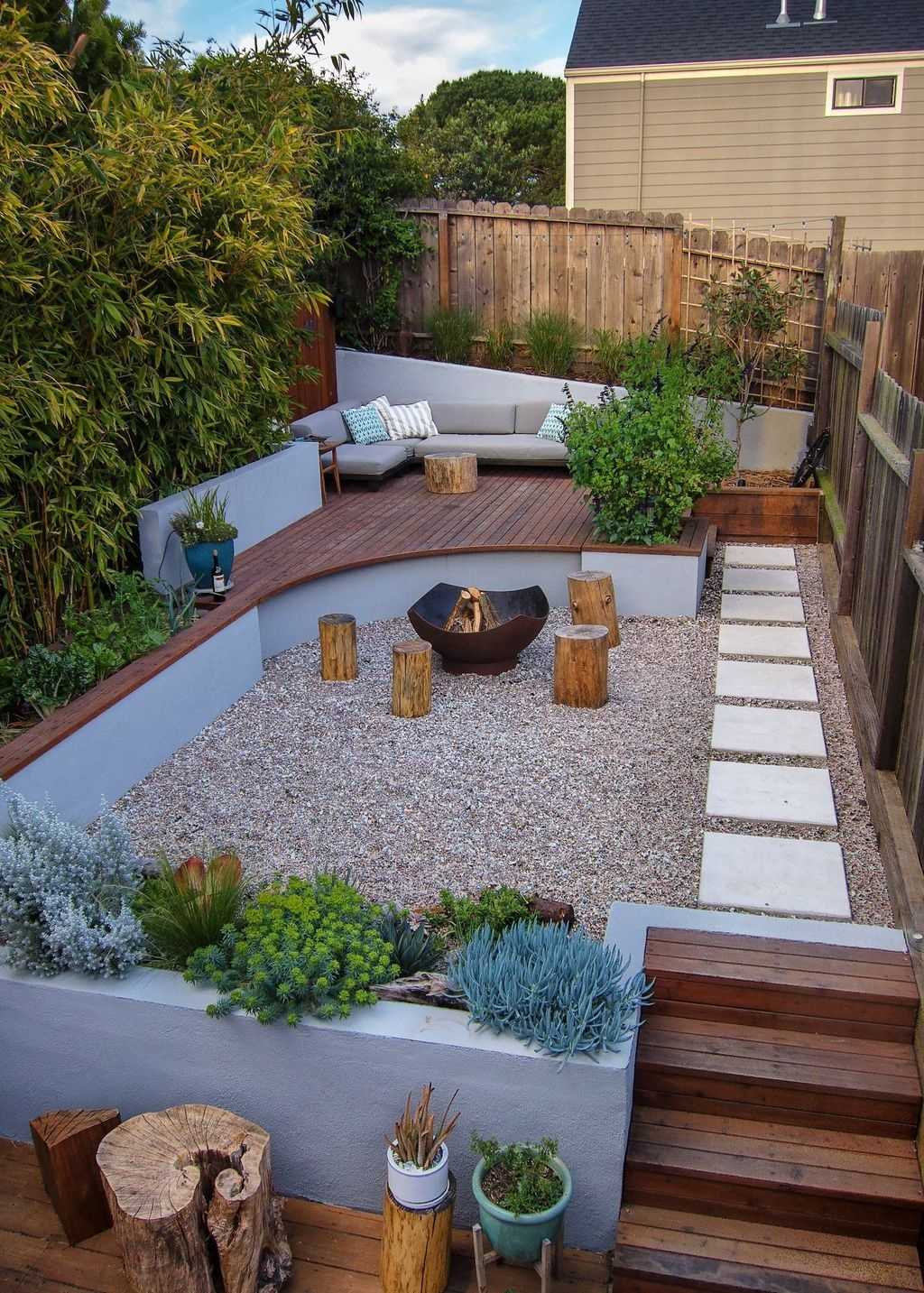
Source Image: gardenholic.com
Harvesting and Storage Tips
Knowing when and how to harvest crops for maximum yield and quality is essential for reaping the rewards of a compact garden. Implementing proper harvesting techniques and utilizing creative storage solutions ensure freshness and longevity for harvested produce.
| Creative Storage Solutions for Harvested Produce in Small Spaces |
|---|
| 1. Vertical hanging racks: Hang mesh bags or baskets from overhead structures to store root vegetables such as onions, garlic, and potatoes, maximizing vertical space usage. |
| 2. Stackable crates or shelves: Use stackable crates or shelves to organize harvested fruits and vegetables, optimizing storage space in small garden sheds or balconies. |
| 3. Preserving and canning: Preserve excess produce through canning, pickling, or freezing to extend shelf life and enjoy homegrown flavors throughout the year. |
Implementing proper harvesting and storage practices ensures that the fruits of labor are enjoyed fresh and flavorful, minimizing waste and maximizing the benefits of compact gardening.

Source Image: diy-garden.co.uk
Incorporating Decorative Elements
Integrating decorative elements into compact garden spaces adds visual appeal and personalizes the outdoor environment. Balancing functionality with aesthetics allows gardeners to create inviting and harmonious outdoor retreats that reflect their style and preferences.
| Balancing Functionality with Visual Appeal in Compact Garden Design |
|---|
| 1. Ornamental containers: Select decorative containers or planters that complement the overall theme of the garden while providing a functional growing space for plants. |
| 2. Garden art and sculptures: Incorporate garden art, sculptures, or decorative features such as birdbaths, wind chimes, or garden stakes to add interest and focal points to the landscape. |
| 3. Pathways and borders: Define garden pathways and borders using decorative materials such as gravel, pavers, or natural stone, enhancing accessibility and adding structure to the garden design. |
By carefully selecting and integrating decorative elements, gardeners can transform compact garden spaces into enchanting outdoor havens that delight the senses and evoke tranquility.
Cultivating Beauty in Small Spaces
In conclusion, compact gardening offers a wealth of opportunities for urban dwellers and gardening enthusiasts alike to cultivate lush greenery and bountiful harvests in small spaces. By embracing innovative techniques such as vertical gardening, companion planting, and creative space-saving solutions, gardeners can overcome the challenges of limited space and create thriving outdoor sanctuaries.
Incorporating organic practices, proper soil management, and strategic planning ensure the long-term health and productivity of compact gardens, while integrating decorative elements adds beauty and personality to the outdoor environment. With careful attention to detail and a touch of creativity, even the tiniest of spaces can be transformed into vibrant, productive, and inviting garden retreats.
So, whether you’re tending to a balcony garden, rooftop oasis, or petite patio paradise, remember that the possibilities for cultivating beauty in small spaces are endless. With passion, perseverance, and a green thumb, you can turn your compact garden dreams into reality and enjoy the abundant rewards of nature’s bounty right at your doorstep.
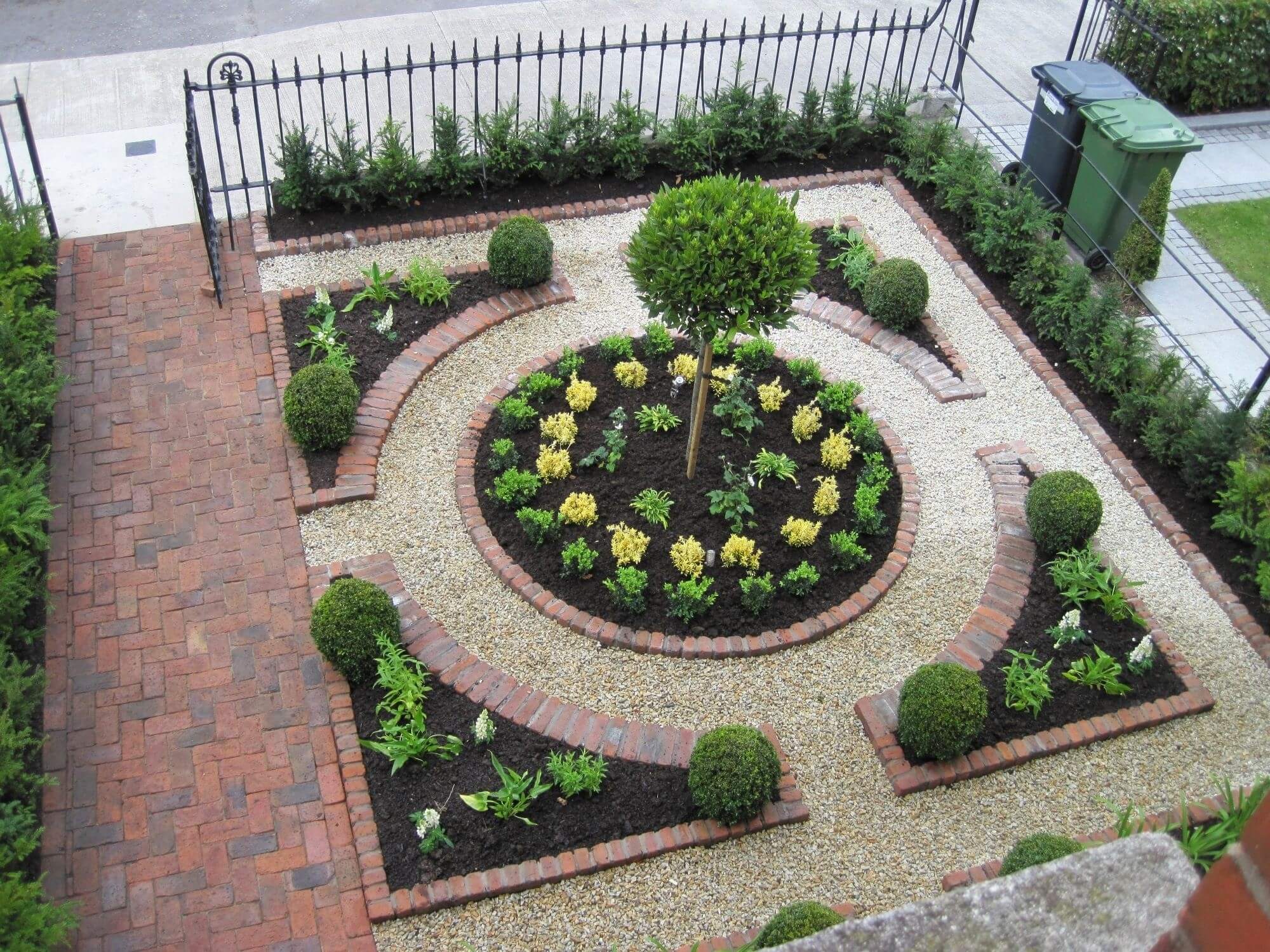
Source Image: thearchitecturedesigns.com


